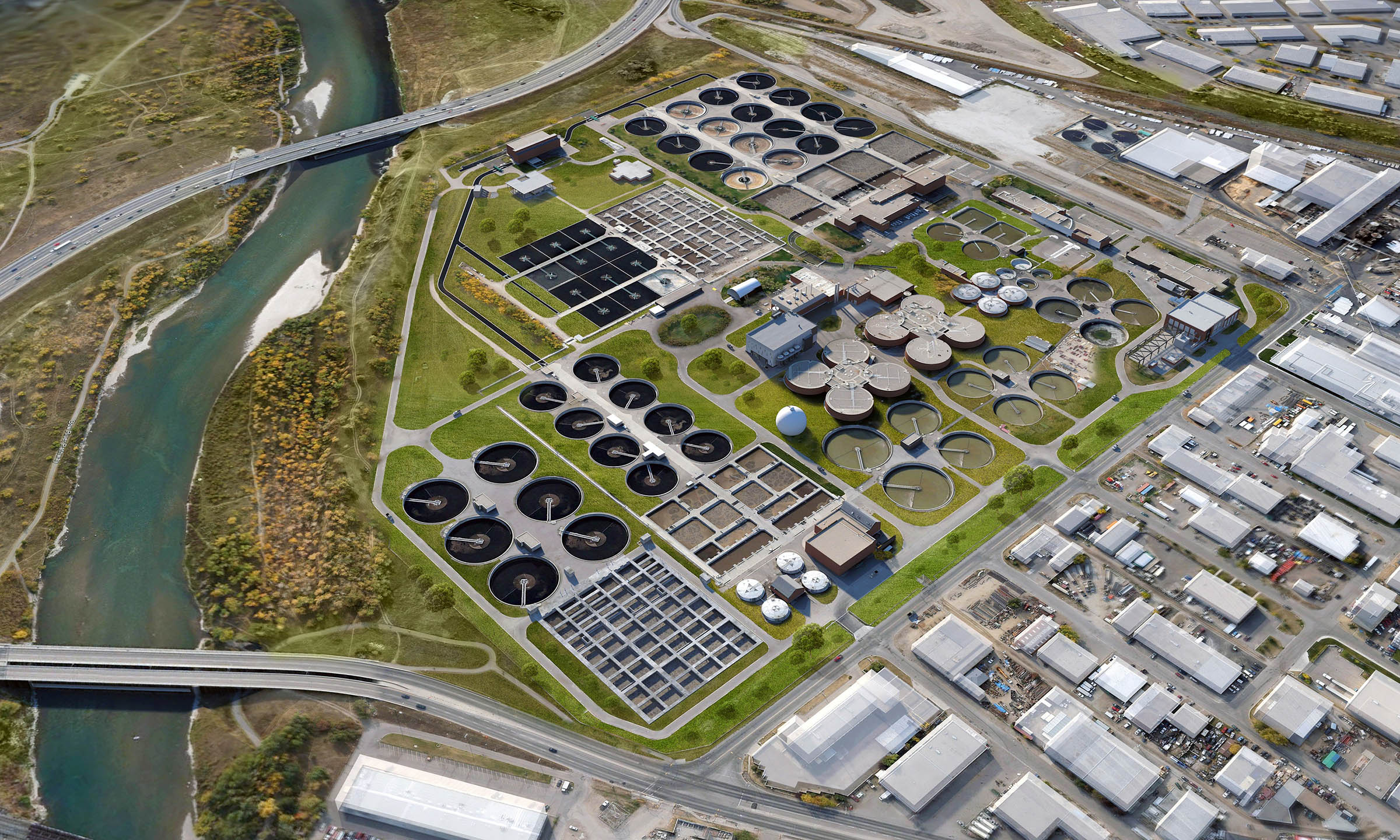Ingenious Strategies to Waste Water Treatment Technologies
Ingenious Strategies to Waste Water Treatment Technologies
Blog Article
Strategic Approaches to Improve Drainage Therapy Performance and Reduce Ecological Influence
In the world of waste water therapy, the quest for improved efficiency and lowered ecological impact is a perpetual obstacle that demands strategic solutions. As society comes to grips with the vital to handle water sources sustainably, a nuanced strategy comes to be vital. The assimilation of sophisticated therapy technologies, energy-efficient processes, resource recuperation methods, improved nutrient elimination methods, and clever surveillance and control systems represents a multifaceted framework for resolving these pressing problems. Nevertheless, what exists at the core of this complicated internet of techniques is the possible to transform the means we come close to drainage therapy, not equally as a procedure of disposal, but as a beneficial chance for innovation and environmental stewardship.
Advanced Treatment Technologies
Innovative membrane filtering systems have changed innovative wastewater treatment processes, substantially enhancing the elimination of pollutants. This modern technology has actually confirmed to be very efficient in eliminating a vast variety of pollutants, consisting of pharmaceuticals, heavy steels, and natural substances, which are usually challenging to eliminate through conventional therapy techniques.
In addition, membrane purification systems use many benefits over conventional therapy strategies. They require less space, create higher-quality effluent, and are extra immune to fluctuations in influent water top quality. In addition, these systems are very flexible and can be easily integrated into existing therapy plants or made use of as standalone systems for decentralized applications. As the need for tidy water proceeds to increase, the fostering of innovative membrane filtering modern technologies is important to make certain sustainable and efficient wastewater therapy practices.
Energy-Efficient Procedures
The assimilation of energy-efficient processes in wastewater therapy systems is vital for maximizing resource use and minimizing operational costs. By applying energy-efficient technologies, treatment plants can dramatically reduce their carbon impact and general ecological impact. One crucial method to boosting power performance in wastewater treatment is the application of innovative oygenation systems, such as fine bubble diffusers or surface aerators, which can enhance oxygen transfer efficiency and decrease energy consumption. Furthermore, integrating power healing systems, like anaerobic digestion for biogas production or utilizing excess warm for thermal processes, can aid counter power demands and advertise sustainability.
Additionally, optimizing procedure control and automation through making use of advanced sensors and monitoring systems can improve total energy efficiency by readjusting procedures in real-time based upon actual demand and conditions. Implementing power audits and regularly keeping track of energy efficiency indicators are vital methods to recognize locations for enhancement and track energy-saving efforts properly. Overall, the adoption of energy-efficient procedures in wastewater therapy not only profits the atmosphere however additionally adds to long-term cost savings and functional sustainability.
Resource Recovery Techniques
With an emphasis on optimizing source use and sustainability in wastewater therapy systems, the execution of this post source recovery approaches emerges as a crucial aspect in boosting operational performance. Resource recuperation approaches in wastewater therapy involve the identification and extraction of valuable sources from the waste stream, therefore transforming what was once thought about waste into a useful asset. By applying source healing strategies such as nutrient removal and healing, energy generation from natural issue, and the manufacturing of reusable water, wastewater therapy plants can decrease ecological influence while taking full advantage of performance.

Improved Nutrient Elimination Techniques
Implementing innovative nutrient removal methods is essential for maximizing the effectiveness of wastewater therapy systems. One of the essential strategies used for improved nutrient removal is the procedure of organic nutrient removal (BNR), which includes the elimination of nitrogen and phosphorus via biological procedures.

In addition to BNR, advanced therapy techniques such as membrane bioreactors (MBRs) and built wetlands can also be employed to enhance nutrient removal efficiency. By incorporating these advanced nutrient elimination strategies right into wastewater pop over to this web-site therapy systems, districts and markets can effectively decrease nutrient pollution and shield the atmosphere.
Smart Monitoring and Control Systems
Making use of advanced innovation, the integration of clever tracking and control systems revolutionizes the functional effectiveness of wastewater treatment centers. These systems integrate advanced sensing units and data analytics to continually check essential parameters such as pH degrees, turbidity, dissolved oxygen, and circulation rates in real-time. By collecting and assessing this data, drivers can acquire valuable understandings into the efficiency of the treatment procedures, enabling positive adjustments to enhance treatment effectiveness.
Smart tracking and control systems additionally support remote monitoring capacities, allowing drivers to accessibility real-time information and control features from off-site locations. This remote access improves functional adaptability and responsiveness, making it possible for quick treatments in case of system breakdowns or variations in influent quality. The anticipating maintenance abilities of these systems aid prevent equipment failures and minimize downtime, eventually boosting the total reliability of wastewater treatment operations.
Conclusion
To conclude, strategic approaches such as sophisticated treatment innovations, energy-efficient processes, source recuperation approaches, enhanced nutrient removal techniques, and smart tracking and control systems play a vital duty in boosting wastewater therapy performance and decreasing environmental influence. By applying these strategies, wastewater therapy plants can boost their general efficiency, reduce power intake, recoup beneficial sources, and make sure compliance with environmental regulations. These strategies are essential for lasting and reliable wastewater administration techniques.

In final thought, critical strategies such as sophisticated treatment innovations, energy-efficient processes, resource recovery techniques, boosted nutrient elimination strategies, and wise surveillance and control systems play an important function in enhancing wastewater treatment performance and reducing environmental impact.
Report this page